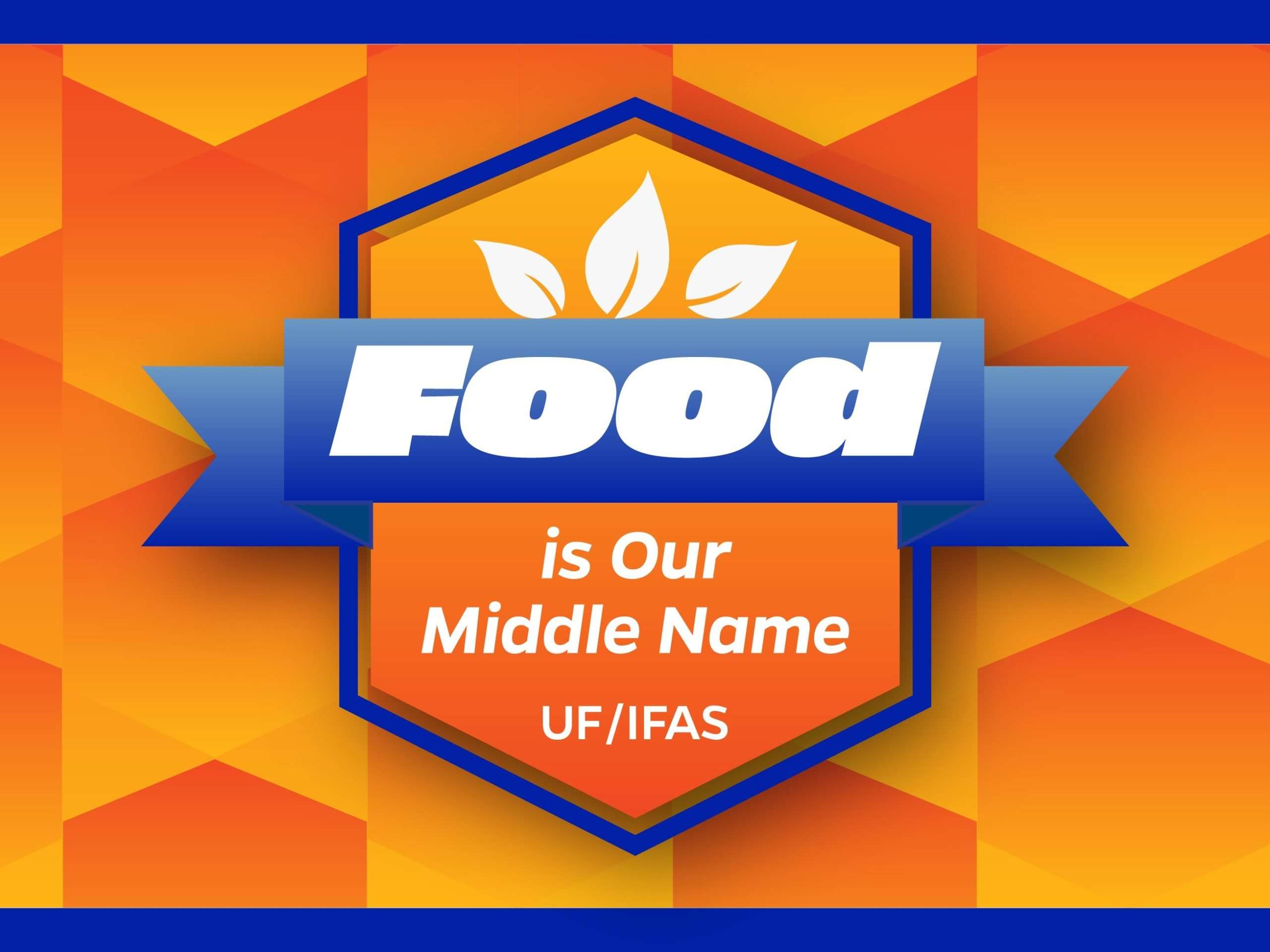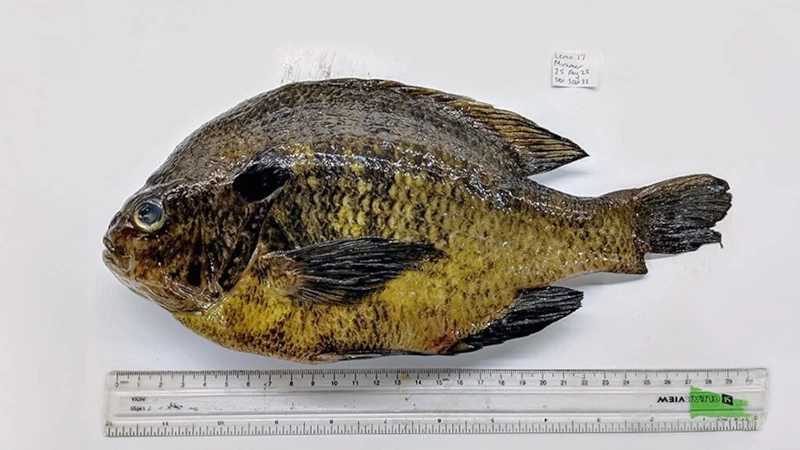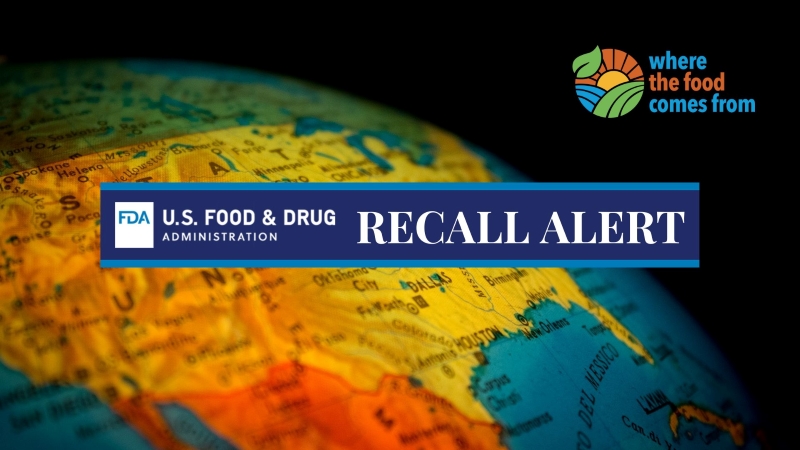This comes as good news for consumers and growers, who would be able to expand their market window by several months.
In the Sunshine State, the fruit normally grows and is harvested from February through May. That means that typically, in the fall, you can only buy imported blueberries.
UF/IFAS researchers may have found the right genes to develop Florida-grown blueberries in what is normally considered the off-season.
In a newly published study, scientists evaluated 536 varieties of the Southern Highbush Blueberry on two commercial farms in Waldo – northeast of Gainesville — during the fall of 2019 and the fall of 2021.

Patricio Muñoz, blueberry breeder and UF/IFAS associate professor of horticultural sciences. Credit: UF/IFAS
Scientists confirmed their hypothesis.
Florida blueberries grow abundantly in such counties as Alachua, Hardee, Hernando, Manatee, Orange, Polk and Putnam counties. So, how do the findings from the current study help Florida blueberry growers?

Mariana Neves da Silva, PhD in Horticultural Sciences at University of Florida with the Blueberry Breeding & Genomics Lab
In the future, horticultural scientists expect to develop cultivars and management practices.
“We are working with Dr. Gerardo Nunez, an assistant professor in horticultural sciences to develop the recommended management for these varieties,” Muñoz said.
About UF/IFAS

Why Food Is Our Middle Name



